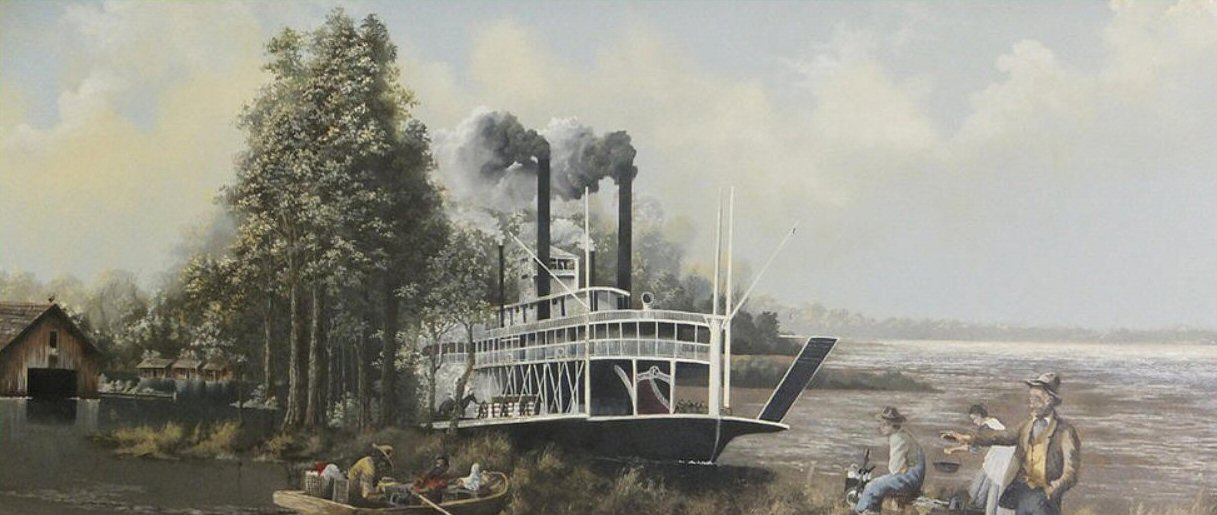
HISTORICAL DEVELOPMENT
LEVEE HISTORY
HISTORICAL DEVELOPMENT
Editor's Note: This article was originally authored by the late Harry Abernathy, historian and journalist for The Clarksdale Press Register. Minor revisions have been made by Joseph Mooney.
The Board of Levee Commissioners for the Yazoo-Mississippi Delta was formally created on Feb. 28, 1884, when the Mississippi Legislature approved the act establishing the commission. Before the year was out, the YMD Levee Board began building a system of levees which has not been crevassed since 1897.
The levees rebuilt or constructed in the Yazoo-Mississippi Delta Levee District soon became a model for the entire Mississippi River Valley. In fact, the high standards set in the upper Delta resulted in levees so well designed and constructed that the YMDL District was not eligible for federal funds under the earliest flood control acts because their levee exceeded the current federal standards.
The Legislation of 1884 defined the purpose of the new levee board and boundaries of its district as follows:
"That all of the counties of Tunica, Coahoma, Quitman, and Sunflower and that portion of the counties of DeSoto, Tallahatchie, Leflore, and Yazoo, lying west of the high water mark of the Mississippi River flood of 1882, at or near the foot of the hills, making said high-water mark the eastern boundary of the said levee district, and whenever said levee line of high water shall extend across said creek or branch bottom in a straight line, to the foot of the hills on the opposite site, be and the same is hereby organized into a levee district to be known and designated as the 'Yazoo-Mississippi Delta Levee District' and it is the purpose of this act to protect all property in this district from loss and destruction, and the lives of residents of the district from sickness and suffering consequent upon each overflow of the water of the Mississippi River, by erecting and maintaining efficient levees."
In order to provide "start up" money for the "rebuilding, constructing, and maintaining of said levees" the Act of 1884 authorized the sale of $500,000 in bonds which would be repaid through an ad valorem tax. A levee tax rate of 13 mills on the dollar on the assessed value of all real and personal property was imposed in the front counties of Tunica and Coahoma and that part of DeSoto County included in the district. A tax of nine mills was imposed on property lying in the "back counties" or parts of such counties, which were included in the district.



